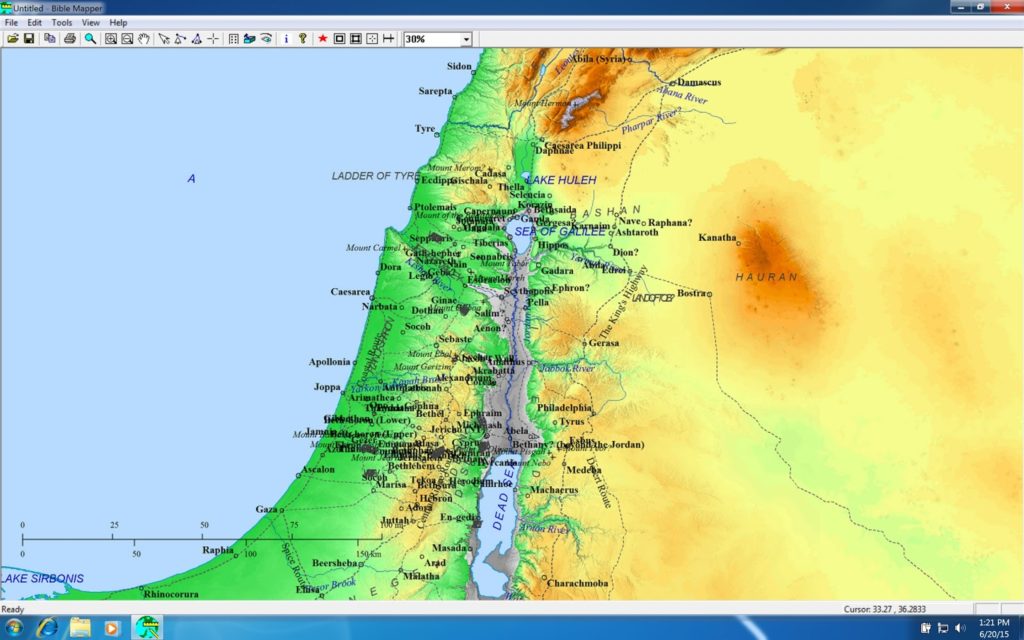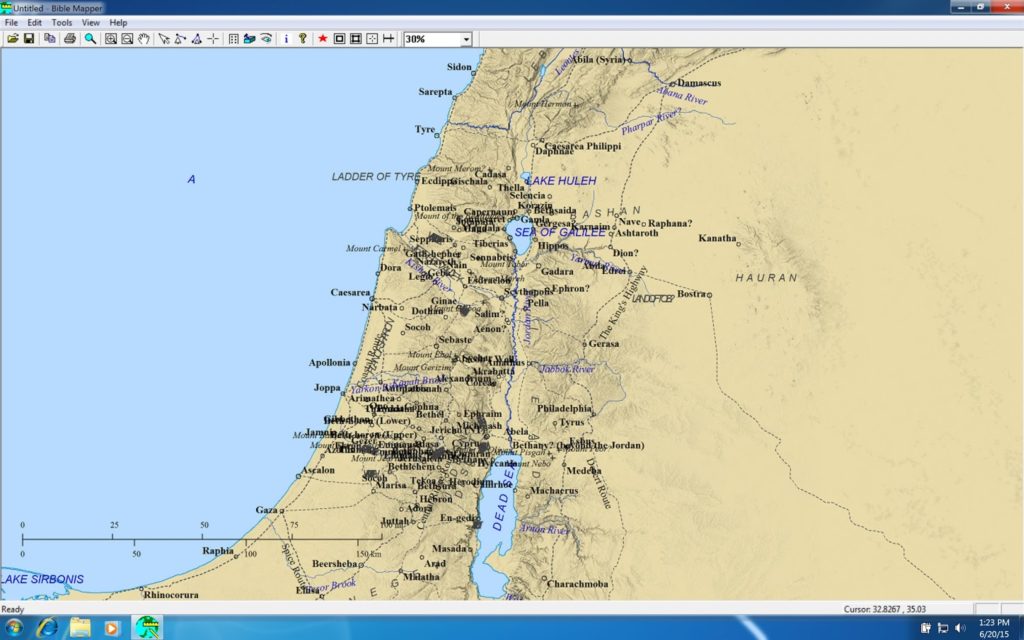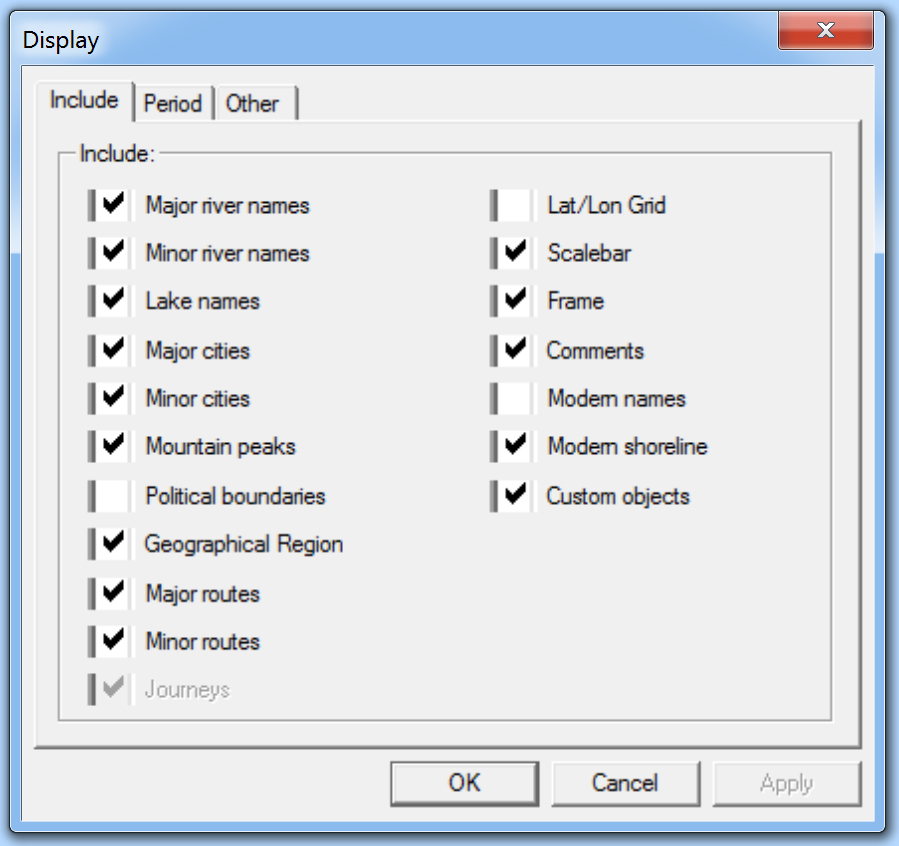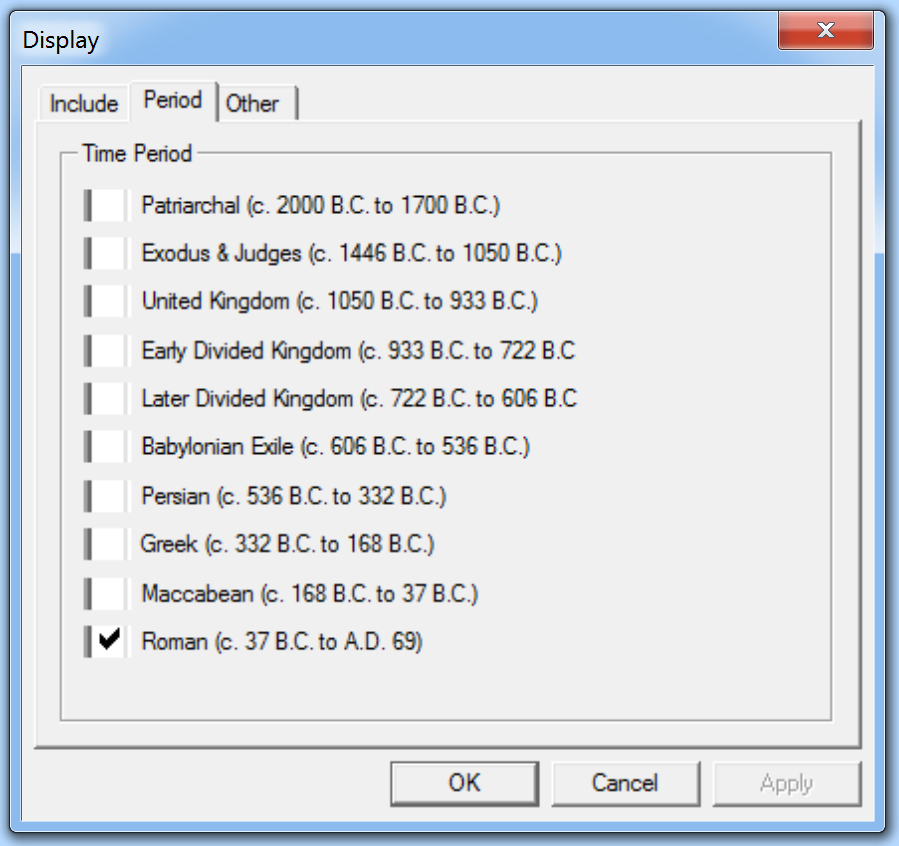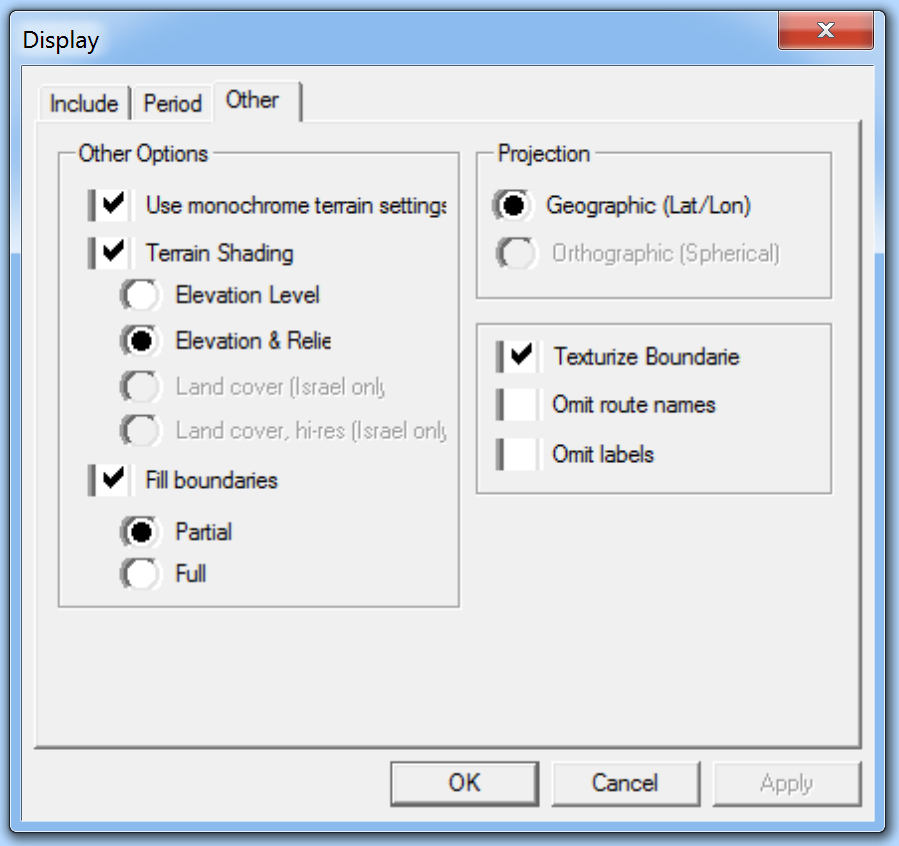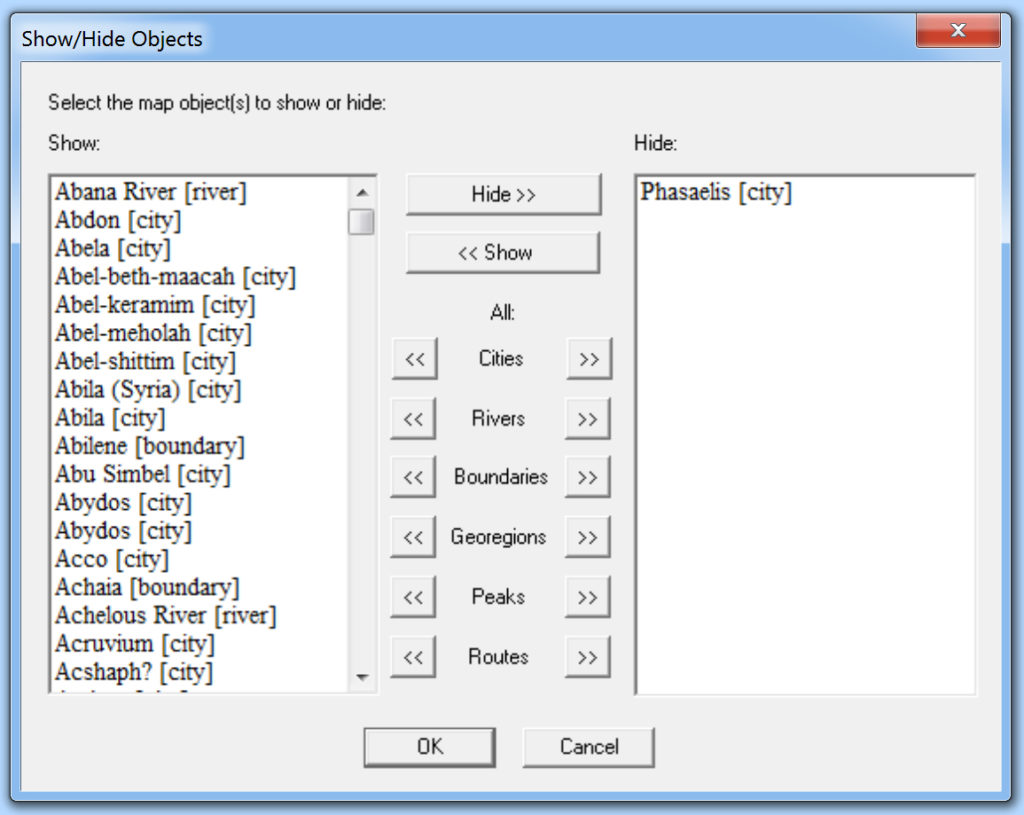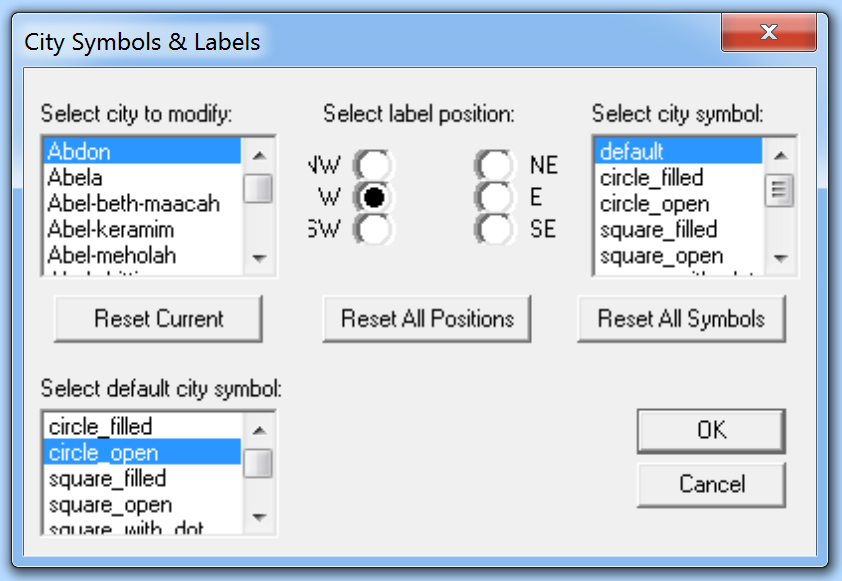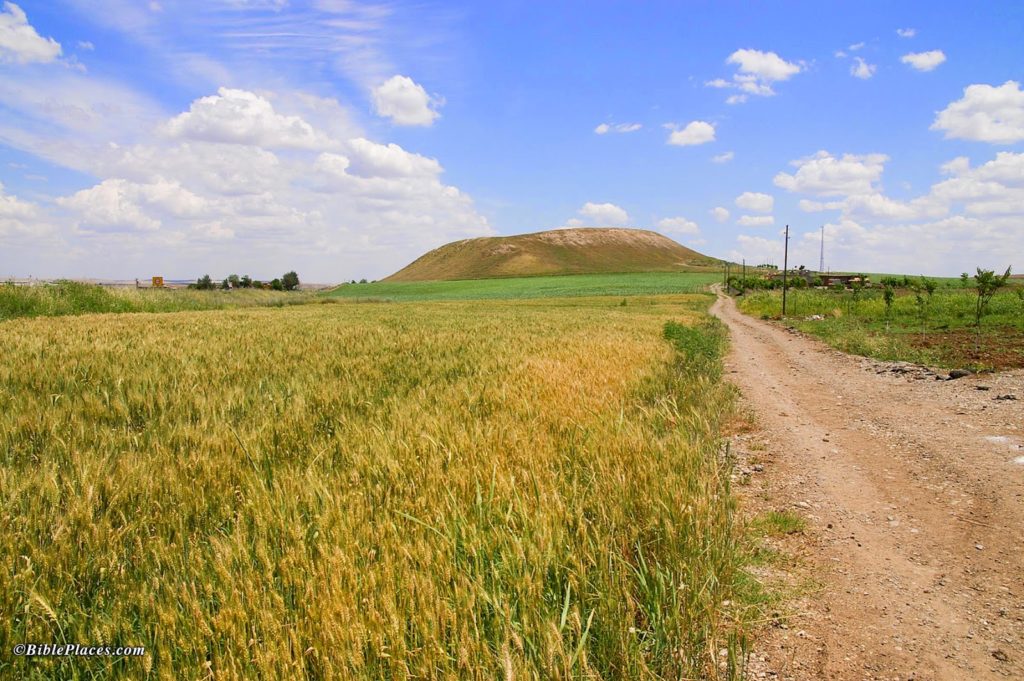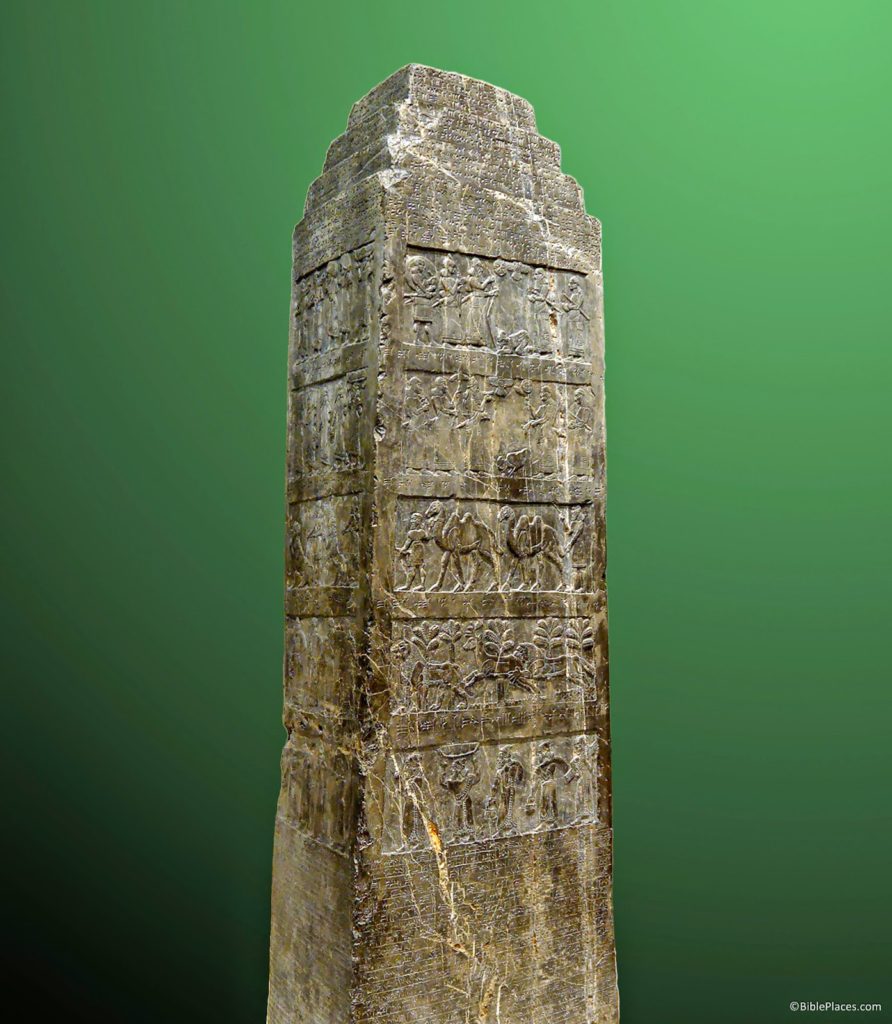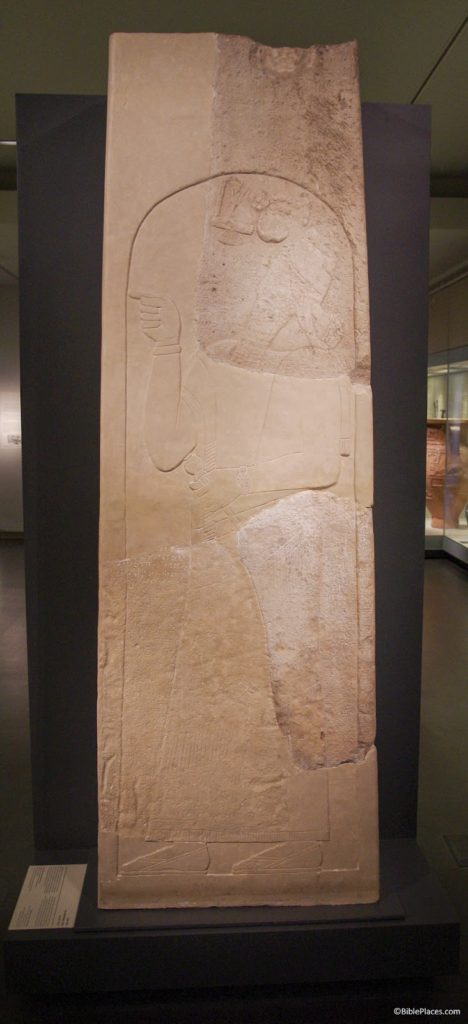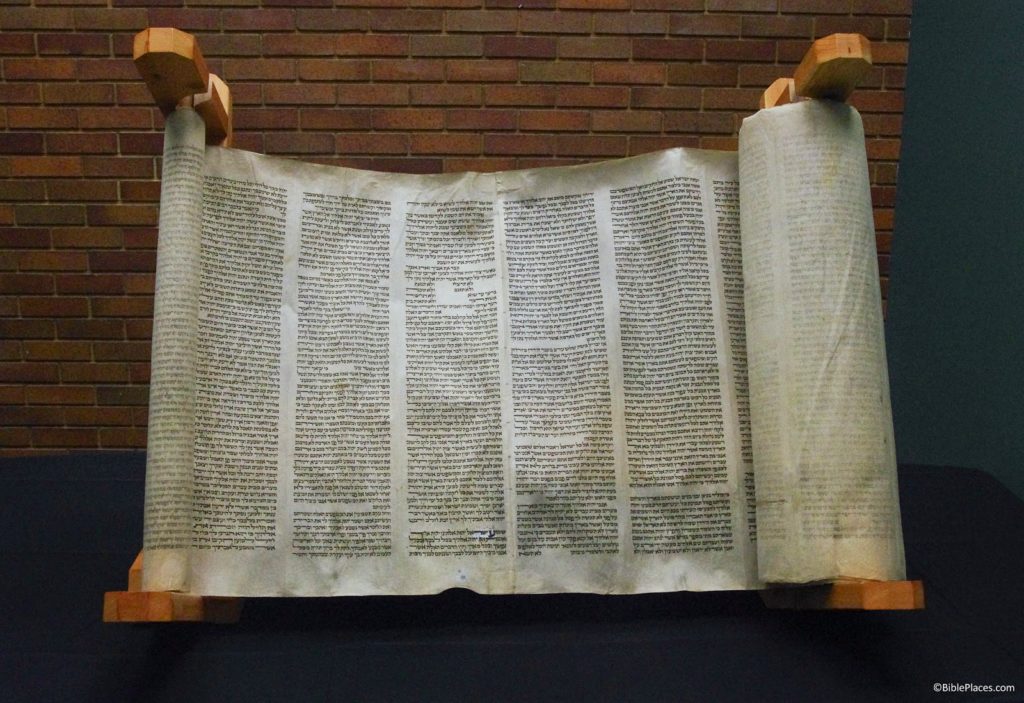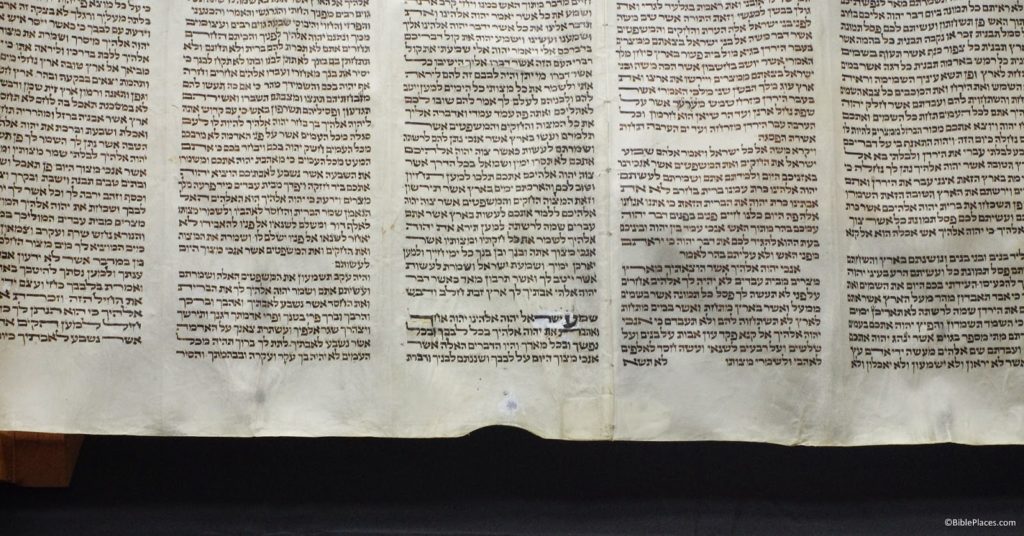(Post by A.D. Riddle)
The Royal Inscriptions of Mesopotamia (RIM) volumes are an excellent resource for reading and studying inscriptions by the kings of Babylonia, Assyria, Ur, and other Mesopotamian kingdoms. The texts are presented in transliteration and English translation, with brief introductions, catalogues of text exemplars, and bibliography. The RIM project was directed by A. Kirk Grayson at the University of Toronto.
RIM is divided up into RIME, RIMB, and RIMA. RIME = The Royal Inscriptions of Mesopotamia Early Periods, and includes volumes 1, 2, 3/1, 3/2, and 4.
- Frayne, Douglas R. 2008. Presargonic Period (2700–2350 BC). The Royal Inscriptions of Mesopotamia Early Periods 1. Toronto: University of Toronto Press.
- Frayne, Douglas R. 1993. Sargonic and Gutian Periods (2334–2113 BC). The Royal Inscriptions of Mesopotamia Early Periods Volume 2. Toronto: University of Toronto Press.
- Edzard, Dietz Otto. 1997. Gudea and His Dynasty. The Royal Inscriptions of Mesopotamia Early Periods 3/1. Toronto: University of Toronto Press.
- Frayne, Douglas R. 1997. Ur III Period (2112–2004 BC). The Royal Inscriptions of Mesopotamia Early Periods 3/2. Toronto: University of Toronto Press.
- Frayne, Douglas R. 1990. Old Babylonian Period (2003–1595 BC). The Royal Inscriptions of Mesopotamia Early Periods 4. Toronto: University of Toronto Press.
RIMB = The Royal Inscriptions of Mesopotamia Babylonian Periods, of which only volume 2 was published. It would seem that RIMB volume 1 was supposed to have covered the Kassite Babylonian period, but I have seen nothing about the fate of this volume.
- Frame, Grant. 1995. Rulers of Babylonia: From the Second Dynasty of Isin to the End of Assyrian Domination (1157–612 BC). The Royal Inscriptions of Mesopotamia Babylonian Periods 2. Toronto: University of Toronto Press.
RIMA = The Royal Inscriptions of Mesopotamia
Assyrian Periods and includes volumes 1, 2, and 3.
RIMA 2 and RIMA 3 in particular get a lot of use in my own studies.
- Grayson, A. Kirk. 1987. Assyrian Rulers of the Third and Second Millennia BC (to 1115 BC). The Royal Inscriptions of Mesopotamia Assyrian Periods Volume 1. Toronto: University of Toronto Press.
- Grayson, A. Kirk. 1991 Assyrian Rulers of the Early First Millennium BC I (1114-859 BC). The Royal Inscriptions of Mesopotamia Assyrian Periods Volume 2. Toronto: University of Toronto Press.
- Grayson, A. Kirk. 1996 Assyrian Rulers of the Early First Millennium BC II (858-745 BC). The Royal Inscriptions of Mesopotamia Assyrian Periods Volume 3. Toronto: University of Toronto Press.
The RIM volumes are not cheap, and many of them are now out of print. Several can be ordered from the University of Toronto Press’s
website.
The RIM project was launched in 1978, and sometime around 2006 or 2007 (I am not sure of the exact chronology), it was discontinued. The last volume was published in 2008. I think the main cause was lack of continued funding. Unfortunately, the Assyrian royal inscriptions stopped at Ashur-nerari V, right before things get really interesting for the history of the southern Levant.
In 2006, Grant Frame, at the University of Pennsylvania, assumed direction of publication of the royal inscriptions, and thanks to Eisenbrauns, the Assyrian portion of the RIM project was revived under a new name, the Royal Inscriptions of the Neo-Assyrian Period, or RINAP. First, the RINAP project improved on the earlier RIM volumes by creating online indexes of personal names, deity names, place names, temple names, astronomical names, and so forth. Second, RINAP has already produced four volumes in print covering the reigns of Tiglath-pileser III, Shalmaneser V, Sennacherib, and Esarhaddon. In addition to the print volumes, RINAP has made the texts available online, in transliteration and English translation. You miss out on the introductions to the texts (important for making sense of them) and the bibliography that appear in the print versions, but you get the added feature of hyperlinked text which connects to a glossary and list of attested forms.
There are some other resources as well. The RINAP website is worth taking a little time to explore.
- Tadmor, Hayim, and Shigeo Yamada. 2011. The Royal Inscriptions of Tiglath-Pileser III (744–727 BC) and Shalmaneser V (726–722 BC), Kings of Assyria. Royal Inscriptions of the Neo-Assyrian Period 1. Winona Lake: Eisenbrauns.
- Grayson, A. Kirk, and Jamie Novotny. 2012. The Royal Inscriptions of Sennacherib, King of Assyria (704–681 BC), Part 1. The Royal Inscriptions of the Neo-Assyrian Period 3/1. Winona Lake: Eisenbrauns.
- Grayson, A. Kirk, and Jamie Novotny. 2014. The Royal Inscriptions of Sennacherib, King of Assyria (704–681 BC), Part 2. The Royal Inscriptions of the Neo-Assyrian Period 3/2. Winona Lake: Eisenbrauns.
- Leichty, Erle. 2011. The Royal Inscriptions of Esarhaddon, King of Assyria (680–669 BC). Royal Inscriptions of the Neo-Assyrian Period 4. Winona Lake: Eisenbrauns.
We were happy to hear just last week that Grant Frame has been awarded another grant for the RINAP project (see here). Volume 2, the reign of Sargon II, is nearly complete, and the article states that the grant money will be used for volume 5, the reign of Ashurbanipal.
Grant Frame, an associate professor of Assyriology in the Department of Near Eastern Languages & Civilizations in the School of Arts & Sciences (SAS) has been awarded a two-year, $250,000 National Endowment for the Humanities (NEH) grant for his Royal Inscriptions of the Neo-Assyrian Period (RINAP) Project.
The grant brings the total NEH funding Frame has received for the RINAP Project to nearly $950,000 since 2008.
…
Four books have been published so far by the RINAP Project; Frame is working on a fifth. The latest grant is for a sixth book, which will include most of the official inscriptions of Ashurbanipal (668c.-631 B.C.E.). Frame hopes to complete the Project with a seventh volume containing the remainder of Ashurbanipal’s inscriptions and those of his successors, up until the fall of Assyria.
We are grateful to Eisenbrauns and Grant Frame for taking on the task of seeing through to completion the publication of these royal inscriptions. Jamie Novotny also appears heavily involved in several steps of the project as well, and there are surely many others. The RINAP volumes are available from Eisenbrauns
here.
HT: Agade
Sources:
Royal Inscriptions of Mesopotamia Project
RIM volumes listed at Eisenbrauns—all out of stock.
RIM volumes available from University of Toronto Press
History of the RINAP Project, by Jamie Novotny
